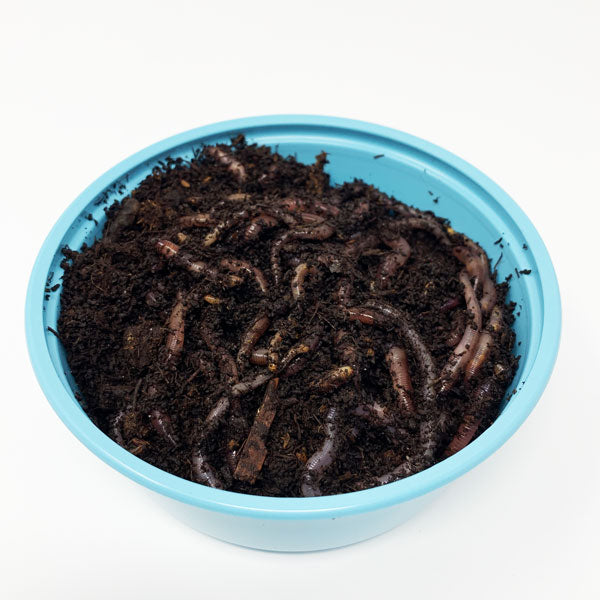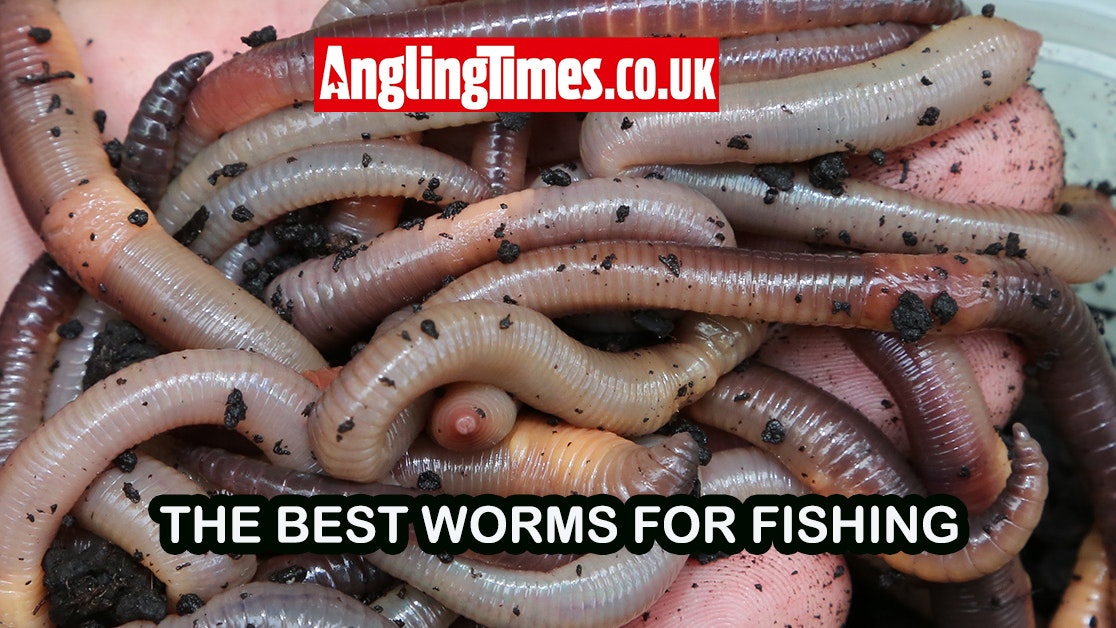Get This Report on Where To Find Red Wigglers
Table of ContentsFascination About Where To Find Red WigglersThe Ultimate Guide To Where To Find Red WigglersWhere To Find Red Wigglers Fundamentals Explained4 Easy Facts About Where To Find Red Wigglers ShownThe 15-Second Trick For Where To Find Red Wigglers6 Easy Facts About Where To Find Red Wigglers ShownSome Known Details About Where To Find Red Wigglers
If you have a tough time locating them, try utilizing a shovel to dig into the ground and break the wet soil with your hands to find them (Where To Find Red Wigglers). Soak your garden or yard with water and look for your worms once it obtains dark.Lift it utilizing leverage and search for your worms inside the opening. Don't forget to look under rocks, bricks, timber, and various other items you may find on the ground, as that's where worms commonly stay.
As soon as you capture numerous worms, you will certainly intend to dip your fingers into sawdust to dry them and enhance your following grip. Keep in mind that you should not eliminate way too many worms from one location as this can adversely impact that setting. Put your worms right into their bin and store them in the fridge.
You can also use a pitchfork to entice worms above the ground. Recognized as a worm groaning stick, this standard technique involves sticking the pitchfork right into the ground and after that scrubing it with a piece of steel or timber. The vibrations that are created mimic the noise of a mole, which causes the worms to surface area.
The Basic Principles Of Where To Find Red Wigglers
All you need to save the little wigglers is a little styrofoam cooler, some dust, bed linens, and health food waste. Some people occasionally spray a little cornmeal to maintain the worms healthy and delighted. For lasting worm storage, we recommend developing a specialized worm farm. With any luck, you discovered a number of means to capture your worms the following time you require them after shutting hours or when you're feeling as well careless to get in the vehicle and drive several miles to the local worm dealer! There is constantly a simple escape for those wanting to stay clear of obtaining dirty in the garden.
This guide will introduce you to the red wiggler to include a much deeper on dive on the varieties and details on breeding, life cycle, and reproduction. We'll speak regarding how to maintain red wigglers and why they should be the go-to worm for many composters. The red wiggler (binomial name: eisenia fetida) is the world's most typical composting worm.
A research study suggests that both can produce hybrid offspring, a phenomenon which must or else be considered difficult between many worm types. Enjoyable reality: The "fetid" component of the binomial name refers to what some state is a smelly secretion the red wiggler utilizes to ward off predators. However I've been managing them for several years and never ever saw this! The composition of a red wiggler appears like that of other common earthworms; a long-segmented body begins at the pointed head and ends at a slightly-flatted tail.
The digestive system system is basic, starting at the mouth where the worm starts to consume its food before passing it on to the vocal cords. The vocal cords is a muscle section which acts like a pump to pull food into the mouth prior to pumping it out right into the esophagus. The esophagus is narrow and thin-walled and acts as the "waiting area" for the gizzard.
All about Where To Find Red Wigglers
Note: This requirement for grinding is why grit is recommended in a worm container. The worm includes no indigenous grinding ability so the worm counts on ingested grit to help grind its food in the gizzard. The belly is where the first chemical malfunction of food takes place with the help of a protein-busting enzyme.
The intestine develops the longest part of the worm and is where the majority of food digestion takes location using enymatic procedures. The castings ultimately pass through the anus at the end of the worm as capsules covered with a biologically-rich mucus.
Within 42 days, these child worms will certainly get to sexual maturity as evidenced by the appearance of the clitellum. A fully grown red wiggler can be anticipated to live in between one to 3 years (Where To Find Red Wigglers). The magnificent red wiggler may in some cases be utilized as a bait worm for smaller fish or as a protein resource for chickens and reptiles
And as mentioned over, they are the most usual composting worm in the world. Rather, a mix of price, hardiness, and convenience in a large variety of temperatures makes it the most appropriate composting worm for most brand-new vermicomposters.
The Where To Find Red Wigglers PDFs
This is a typical practice among worm carriers who do not wish to risk having the worms rest in a hot or chilly storehouse over the weekend break. Worm cultivators are not saving worms in a circumstance where they are all set to ship. The worms have to be harvested from their habitat initially, so growers will often establish a Friday or Saturday deadline in order to harvest in time for a Monday shipment.
To conserve on delivery expense, you might desire to see if there are any neighboring "Mommy and Pop" shops via a Google search.

Where To Find Red Wigglers for Dummies
For best results, you desire to strive about 60-70% wetness degree. The most basic test for this is to squeeze a handful as tough as you can. At the perfect dampness levels which is simply under 70% that handful must barely yield one decrease of liquid. pH in a worm bin is quite very easy to keep.
The European Nightcrawler, the bigger cousin of the red wiggler, is equally as voracious and likewise produces a good bait worm. Yet visit this web-site it chooses a little bit of a cooler setting than the red wiggler. The African Nightcrawler is a large composting worm and makes a beautiful, granular actors.
The Indian Blue is starved, yet likewise favors a warmer climate and it likewise exhibits a tendency to run away the bin. The red wiggler is a sturdy worm and isn't as fussy about its environment. I such as to call it the Ford Taurus of vermicomposting worms; you won't brag to your hardcore composting pals that you possess them, but they will offer you well.
Where To Find Red Wigglers Can Be Fun For Everyone
Like any kind of various other lure, a worm's efficiency has concerned depend upon its discussion. H.G. "Faucet" Tapply underscored this point nearly a half century ago in among his Area & Stream columns. "A worm is such a shapeless creature," he composed, "there doesn't seem to be quite an angler can do with it other than stab it on a hook and toss it right into the water." Yet as Tap showed, an angler can do a bargain to make a worm extra attractive.

Morning is prime feeding time, and the insubstantial lure's slow descent leaves 5 inches of agonizing protein completely view for fairly a while. After you have actually made the actors, maintain the bail open and put the pole in a forked stick. The line will certainly fall off the rod in sluggish loopholes as the worm works out, but typically the slow loops will certainly end up being a blur, and the morning will instantly obtain instead interesting.
I usually make use of an entire 'spider, choose marabou clothing, and drop the pole for 2 or three seconds when I obtain a hit.
Top Guidelines Of Where To Find Red Wigglers
If it's there, set the hook with a sweep YOURURL.com rather than a jerk. When in a while you'll locate on your own hooked to those slow, passionate yanks, and really feel the weight of a wonderful walleye.